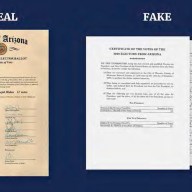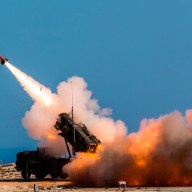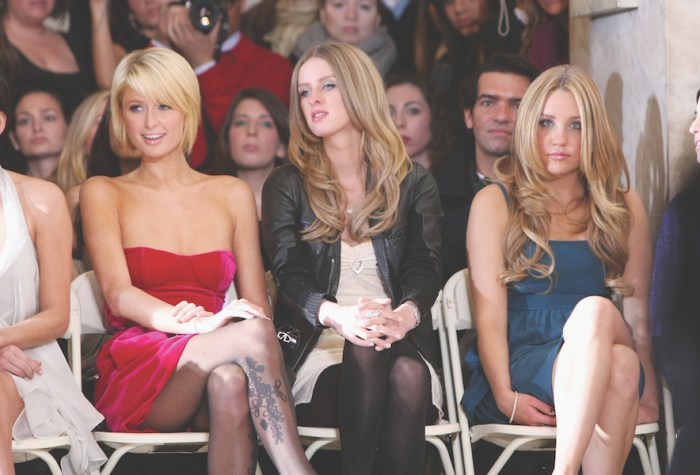Gilles Peress is a venerated photographer with more than four decades of experience covering human conflict everywhere from Bosnia to Northern Ireland.
“I’m more familiar with man-made disasters,” he explains.
But when the sun rose the morning after Hurricane Sandy, Peress left his home in Brooklyn and set out for Breezy Point, Queens, to document his first natural disaster. His photos show the Rockaways in a state of raw destruction: charred foundations, power lines dangling in floodwater, entire blocks flattened.
Peress’s arresting images were recently published in a new book of photographs, “The Rockaways,” which also features essays and reporting by journalists and Rockaways residents. The book is free; its publisher, Concord Free Press, asks that anyone who takes a copy donate to a Hurricane Sandy relief organization or charity of their choice.
Metro New York interviewed Peress about his time in the Rockaways.
What was it like that first morning?
It’s on the order of war. I’ve gone to many conflicts and Breezy Point looked like a war landscape. Untold devastation.
How did people — many of whom had just lost all of their worldly possessions — react when they saw you taking pictures of the rubble in the days immediately after the storm?
In Breezy Point there was almost no one. It was really emptied out. The people that were there were absorbed by the situation. They had other problems.
It sounds like it was almost a post-apocalyptic scene.
It’s very similar to many movies that have been produced in the last few years that are about climate change and global warming and disaster situations. So it’s very thematic in a certain way.
Are most of the photos from the weeks immediately after the storm?
It was in the week after. I was supposed to be on my way to Florida for another project. I was essentially delayed; I couldn’t leave New York with this whole situation happening. So I stayed about a week, 10 days.
It’s something that’s happened to me before. I was in New York for 9/11 and I was supposed to leave for Afghanistan. But in my experience it’s hard for me to leave when the city is in such trauma.
If you think about it, the city has had to deal with many traumas since the beginning of the century: You had 9/11, you had the collapse of the financial markets, the kind of problems that are so big. It’s big city, big problems.
And as it’s happening, you begin to realize the magnitude of it. But at first you’re not necessarily aware of that.
This is a fairly common experience of history, where in the middle of it, people don’t know that we’re in the middle of it. The whole thing— whether it’s about Sandy or 9/11 or the collapse of the financial markets— is how to deal with history as it happens. To not be ignorant of it.
It seems the answer for you has been to document it in photographs.
Yes, I want to be aware. I want to be aware of history as it unfolds.
This interview has been edited and condensed.


















